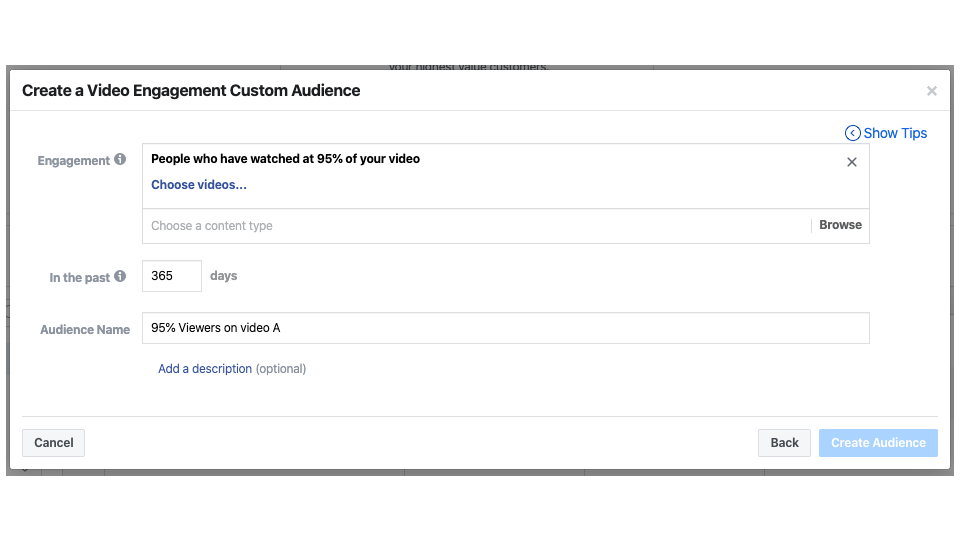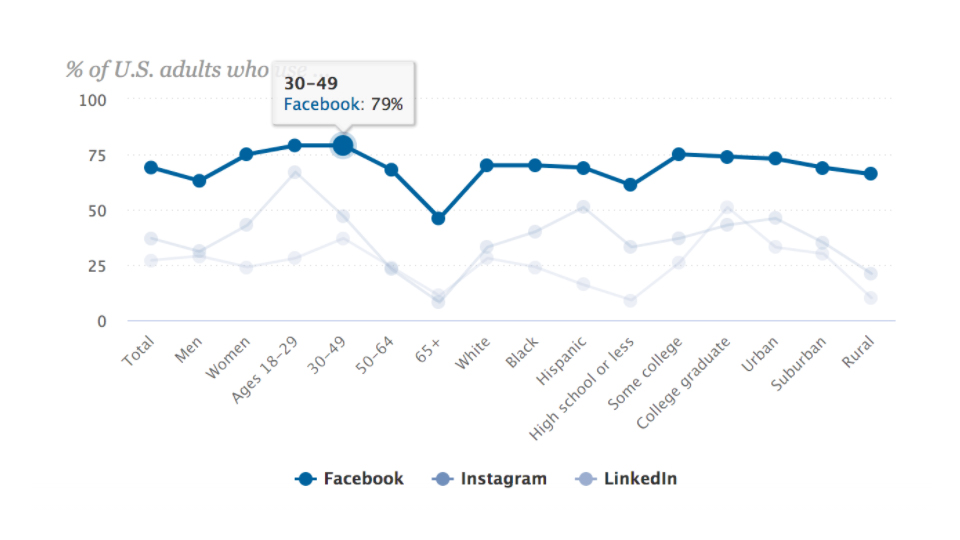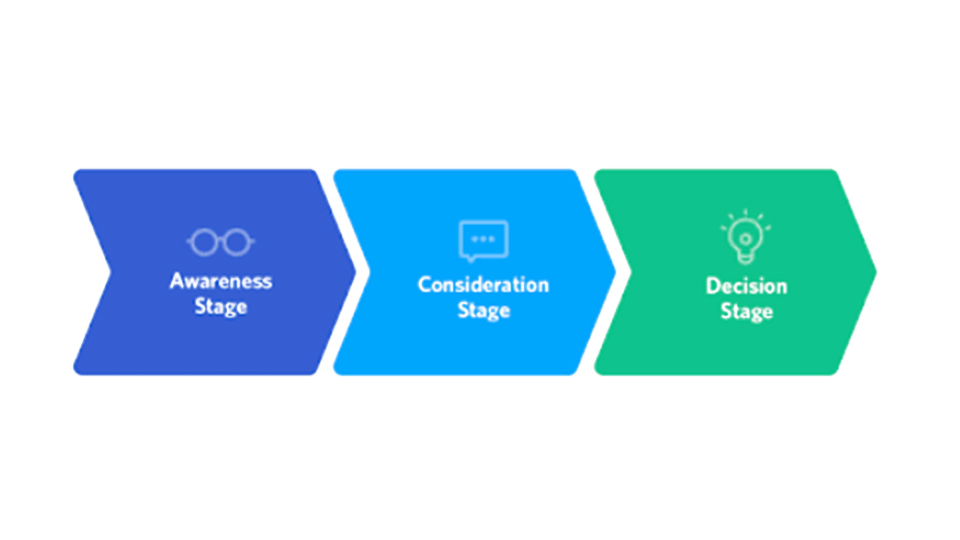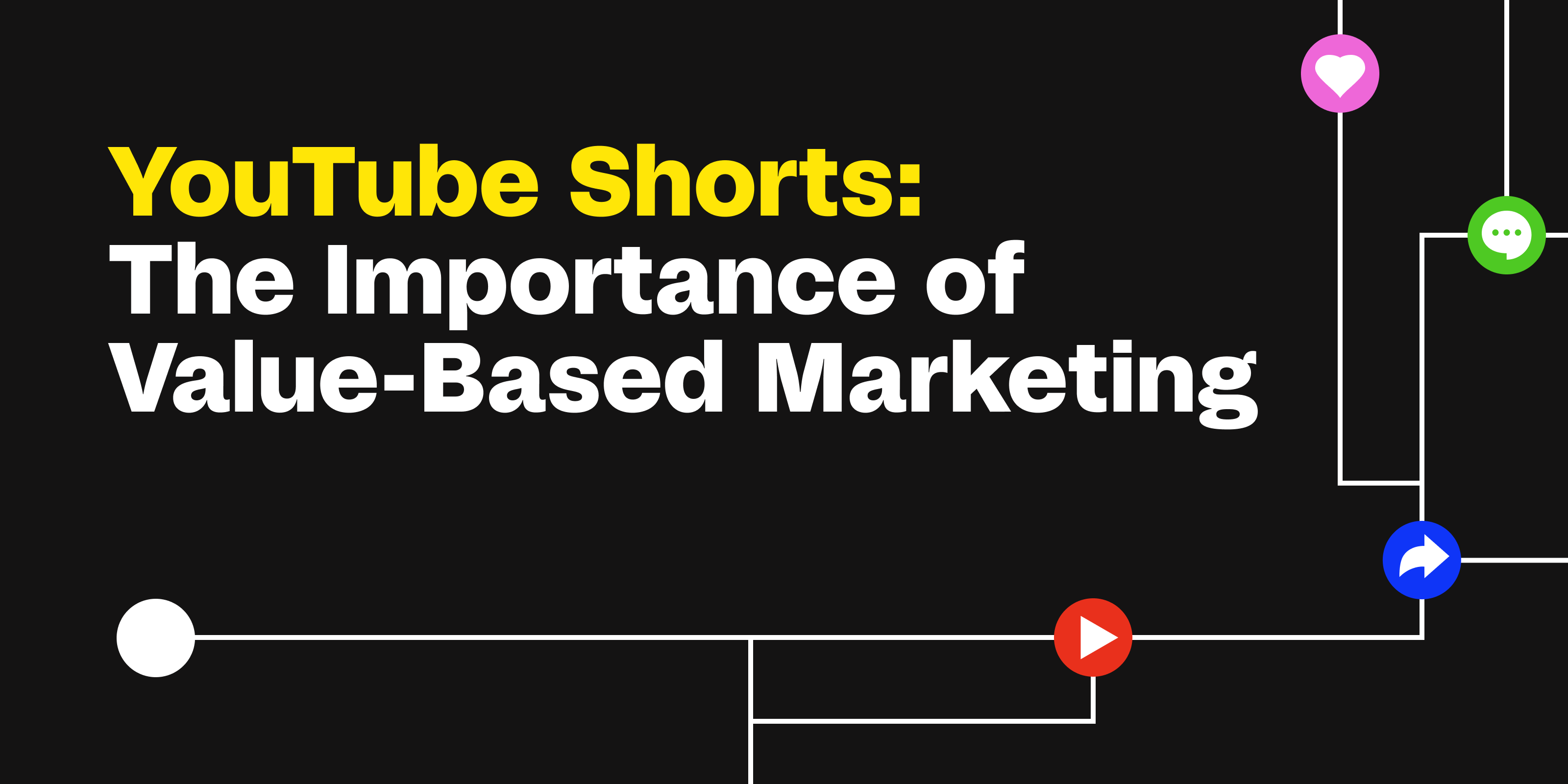Video marketing today is very different from video marketing ten years ago. The advances of technology have empowered businesses with the tools they need to level their competitive landscapes – leading to hyperactive changes in strategy, mindset, and user experience. This essential video marketing guide will focus on actionable strategies you can implement in your video marketing initiatives.
Why Video Marketing Matters: Analyzing The Landscape
The days when businesses can rely solely on TV advertisements are long gone; with development in technology and society, two things have vastly changed – first, the way that people consume content, and two, the way that businesses are able to show and track their content. So why does this matter?
Well, imagine you are launching a start-up, or perhaps focused on establishing a new marketing strategy for your existing company – you want to get the most for your dollar, no? Of course, you do.
Emerging and established apps like Facebook, Instagram, Twitter, TikTok, Snapchat, and more are your best friends to do just that. See, with the prolific rise of the digital age the companies who once controlled a majority of the video market share (e.g. Comcast) have now been phased out by the younger, leaner, and more valuable tools just as Facebook.
Before such digital age, marketers and companies alike all had to fight for the same slice of pie, with arbitrary data that was often if not always impossible to track. Buying a TV spot and praying that your bottom line is satisfactory may have never been practical business advice, but with today’s tools, data accuracy, and retargeting options we want to show you how to take advantage of this for your business.
Importance of Portraying Your Brand & Tracking
First things first, we need to acknowledge that there is no “right way” when it comes to content, in fact, we urge you to test between photo, text, as well as video to understand what works best for your business. If you sell real estate, for example, a picturesque video of your latest property seems like a logical best step – but this may not apply the same if you lead a data analysis firm. So it’s important to test which content medium allows you to best showcase your product or service.
In most cases, the video will have an advantage over photo, or print because it allows us to present a deeper, more visual representation of who we are – now sure, we may all enjoy some photography but nothing captures the essence of your brand like a video walk-through, an unboxing, a review, even a video of the founder speaking to why they started or who they serve. People are visual creatures, what captures the eye engages the mind and this is evident from our days as kids when all we want to do is look at the pictures in the books we read – if only does were videos, imagine how much more we could have learned.
Another important thing to understand is that using video gives you greater data tracking and retargeting capability. I will use Facebook’s tools as an example, although most social platforms have similar features. When you run ads on Facebook, you are able to track and utilize custom audiences to understand who is engaging with your video and for how long they were engaged at the time. This feature allows you to segment your video content to ensure the right consumer is continuing to engage with the right content made for them.

Custom Audience Set-Up
Here is an example of how to set up a custom audience for your highest engaged video viewers:
- Go into “Audiences” in your Business Manager on Facebook
- Create new Audience
- Select source options “Video”
- Choose engagement option “People who watched at 95% of your video”
- Choose the video you want to create this audience from (you can choose your ad campaign videos as well as your organic posts across Facebook and Instagram)
- Set the date range that is relevant to your video’s publishing date
- Name your audience

That’s it, now you have a specific segment of engagers on a specific video. If you were that real estate agent per my previous example, and you made a video ad to show the home on 123 Awesome Street – with little time you would be able to dissect who the top 95% of your video views were, segment them into a custom audience, and utilize this audience for follow up or in a later ad. You can use this to showcase a different home or even to retarget for that same house so you can more accurately communicate with your consumers who are already interested, based on their engagement on your initial video. Now you can’t do that with TV spots!
There is much more complexity to the features available to marketers today, this basic example is just the beginning, but to keep things simple – whether you are just starting or already working on your next video marketing campaign, portraying and tracking your brand with video is a baseline for potential success that was simply not existent prior to the digital age.
If you are not taking advantage of features like this, you are leaving money on the table!
Now let’s move on to understand how to take “potential” and turn it into probable.
Long-form vs. Short form: Know Your Audience
We need to understand our audience and the content that best works for them, so research is essential – especially if you are just starting out. How your content stacks up against your competition is a good gauge at evaluating the baseline standards for your industry. If you are selling shoes and plan to target fans of Nike, you better have some compelling content to communicate your message.
The quality of content does matter, although the quantity and testing are more important for long term success – of course, we all want to have “the best” content but you may not have a video editor on your team or a film-maker – but don’t worry you don’t need to jump the gun just yet and start hiring.
First, we need to understand who we are at competition against, and who we are targeting.
Persona research is a useful tactic to understand which content you should be making – and it should be done before you invest heavily in video marketing or hiring. If your ideal audience is age 30-50 females who works full time, has kids, and commutes to work daily then you may want to consider that they have less time on their hands during the day – whether they are providing for their families, focused on their career’s, or both – you need to have empathy for your video viewers so they have the best chance of seeing and engaging with your video ads. Just because we can throw money about Facebook to secure a top feed spot does not mean that we are set up for success – in fact, doing this would be the same as buying a TV ad spot.
On the other hand, a younger age 18-25 audience has very different lives and it must be thoroughly brainstormed as to how this affects your content. Does this mean that once we brainstorm we are all set? Absolutely not! As with most successful marketing, we must create a baseline assumption off of which we can begin to test.

Image Source: Smart Insights
Here is a breakdown of the process we suggest:
- Identify your ideal audience persona’s (age, location, hobbies, family, job, etc – the more information the better!)
- Create multiple assumptions (e.g. I think they would like a 30-second video vs. I think they would like a 5-minute video)
- Test all your assumptions (let the data guide your next move)
At this stage, all that’s left to do is start your campaign to understand whether or not your assumptions were true. Although this is only the beginning of your consumer’s journey, so further conceptualization will be necessary once there is data to learn from.
How User Experience Differs
When TV ads were the only thing we knew, the term “user experience” was nearly irrelevant – thankfully this has changed! We have the tools to understand what works best for our audiences, and it is foolish not to optimize upon this truth.
So, how can we optimize our user experience? We have to think like our consumers, mirror their actions across different platforms, and test our assumptions about what will work best.
On Youtube, a 15-minute video of your product offering will not yield the result you want because your consumer is more focused on skipping your ad than they are on watching it. On Instagram, your ads have the benefit of blending in with all the other content that appears on your feed but that doesn’t mean anything if the content you are showing is not interesting to your audience. Before you choose a platform to start video marketing you should thoroughly analyze how your users actually use the platform, how the ads display is this platform, and which content you think will do best on that platform.
At the end of the day, all ads create some level of friction – they distract from our feeds, from that video we were watching, etc. The final piece of the user experience puzzle is to think of ways to remove that friction. This will apply differently to each platform, but understanding what your users want to see and testing accordingly will improve the results you are looking for.
Video Marketing Consumer Journey
Our previous example of using custom audiences is much more than just retargeting, in fact, the ability to segment different consumers by their interests in your videos can be a powerful tool to communicate your brand’s message along the entire consumer journey. Using custom audiences is a great way to personalize your ads and increase engagement because it allows you to manage your audience based on exactly what they engaged with before. Can you think of how this can be useful for your business?
Let’s go through an example using our pretend real estate agent, selling that pretend house on 123 Awesome Street.
So from the beginning, we would need to already have a video about this house to create a custom audience from it. The first step has to be a previous video, whether as an organic post or an advertisement. Now to ensure we are not wasting money on people who are less likely to convert, we suggest always using at least a 75% viewer setting to create a custom audience from, no less!
Once we have this, we can think about positioning a new video to these consumers, perhaps showing them a deeper preview of the home; as you showcase the closet space, or the pool in the backyard – in an effort to increase their engagement even further and bridge them from lead to a prospect. Your consumer will be surprised to see an ad about the same topic but delighted if not impressed with your new deeper walkthrough as they begin to put the pieces together that they know that you know.

Image Source: WSI
So even though these consumers have already hit the top of your video marketing funnel, you have the ability to select the hottest leads and continue to speak to them about your business. For high-profit products like a house, you wouldn’t mind investing in a 3-5 step custom audience retargeting strategy because you know that your margin can allow it and still keep you profitable. This may not work if you operate on a low margin, but consider that this can also be nulled if you have a high volume of sales.
The Takeaway
Video marketing has changed massively, and it will continue to change – as new platforms emerge, as video marketers continue to elevate what is perceived as the “standard”, and as technology continues to be developed. What will not change is the necessity to innovate, examine, test, and truly understand your ideal consumers. This article was meant to lay the essential video marketing guide which even a newbie marketer can get familiar with and hit the ground running. Although, there is much more involved with scaling your video marketing that could take up another five pages of article space. So if you are a small to medium-sized business generating $3M in annual revenue, please feel free to reach out to our team for a possible partnership.
At NoGood, we aim to drive massive growth using minimal spend with our team of client-facing executors across all platforms.






